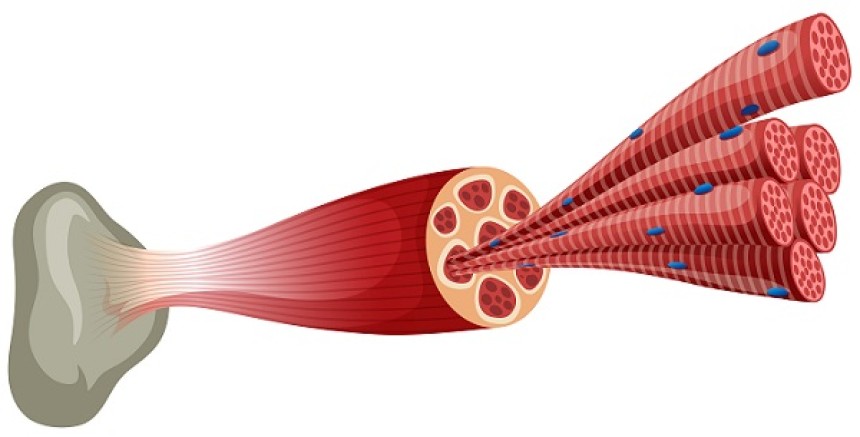
Multiple sclerosis SPMS Management
For Secondary Progressive MS (SPMS), active disease management involves switching to treatments like Siponimod or Ocrelizumab. In cases with low activity, continuing or changing to Siponimod is advised, while discontinuation may be considered for inactive SPMS. Refractory cases might benefit from Cladribine, stem cell transplantation, or Methylprednisolone for acute attacks, tailored to individual responses and disease activity.
Management of Secondary Progressive MS (SPMS)
Initial Approach:
For patients who develop SPMS and have an active disease, it is advisable to discontinue the current disease modifying therapy (DMT) used during RRMS and switch to another class of DMT especially Siponimod (starting at 0.25 mg daily on days 1 and 2, followed by once-daily doses of 0.5 mg on day 3, 0.75 mg on day 4, and 1.25 mg on day 5, to reach the patient's prescribed maintenance dose from day 6 of 2mg per day unless the patient has CYP2C9*2*3 or *1*3 genotype ) which showed efficacy in reducing disability progression as per trial results. (1)
Alternative Agents:
Other agents include ocrelizumab (an initial dose of 300 mg IV, followed 2 weeks later by a second dose of 300mg. Then ocrelizumab is given as 600 mg IV infusion every six months), Rituxumab (2 infusions of 1000 mg (two weeks apart) every six months, or more recently 1000 mg IV initial dose, followed by 500 mg IV every six months for 2 years). (2, 3, 4)
Inactive SPMS:
For patients with SPMS and low level of active disease, it is reasonable to continue the current DMT or switching to siponimod, given the evidence that it modestly reduced the risk of confirmed disability progression in patients with SPMS. (3)
Discontinuing DMT:
For patients with inactive SPMS (no ongoing relapses or MRI lesions of the brain and spinal cord) who have been nonambulatory for at least two years, it is reasonable to discuss stopping DMT. (3)
Refractory SPMS:
For patients with suboptimal response or refractory disease to initial DMT, it is suggested to try cladribine (at a cumulative dosage of 3.5 mg/kg divided into two yearly treatment courses (1.75 mg/kg per treatment course to be given every 6 months. Each treatment course is divided into two treatment cycles of four or five days separated by approximately four weeks). Also, methylprednisolone at 1000 mg alone or in combination with other immunomodulatory agents including azathioprine (titrated up to a dose of 2 mg/kg per day). Finally, stem cell transplant may be effective in refractory SPMS. (5, 6, 7)
Management of Acute Attacks of MS
They are treated with pulsy doses of methylprednisolone (1gm/day). (8)
References
1-Montalban X , Gold R , Thompson AJ et al. ECTRIMS/EAN guideline on the pharmacological treatment of people with multiple sclerosis. Mult. Scler. 24(2), 96–120 (2018).
2- Kappos L , Wolinsky JS , Giovannoni G et al. Ocrelizumab reduces disability progression independent of relapse activity in patients with relapsing multiple sclerosis (RMS) (abstract). J. Neurol. Neurosurg. Psychiatry 89(6), e061 (2018).
3-Kappos L , Bar-Or A , Cree BAC et al. Siponimod versus placebo in secondary progressive multiple sclerosis (EXPAND): a double-blind, randomised, Phase III study. Lancet 391(10127), 1263–1273 (2018).
4-Naegelin Y, Naegelin P, von Felten S, et al. Association of Rituximab Treatment With Disability Progression Among Patients With Secondary Progressive Multiple Sclerosis. JAMA Neurol 2019; 76:274.
5-Rice GP, Filippi M, Comi G. Cladribine and progressive MS: clinical and MRI outcomes of a multicenter controlled trial. Cladribine MRI Study Group. Neurology 2000; 54:1145.
6-Casetta I, Iuliano G, Filippini G. Azathioprine for multiple sclerosis. Cochrane Database Syst Rev 2007; :CD003982.
7-Fassas A, Kimiskidis VK, Sakellari I, et al. Long-term results of stem cell transplantation for MS: a single-center experience. Neurology 2011; 76:1066.
8-Filippini G, Del Giovane C, Vacchi L, et al. Immunomodulators and immunosuppressants for multiple sclerosis: a network meta-analysis. Cochrane Database Syst Rev 2013; :CD008933.





